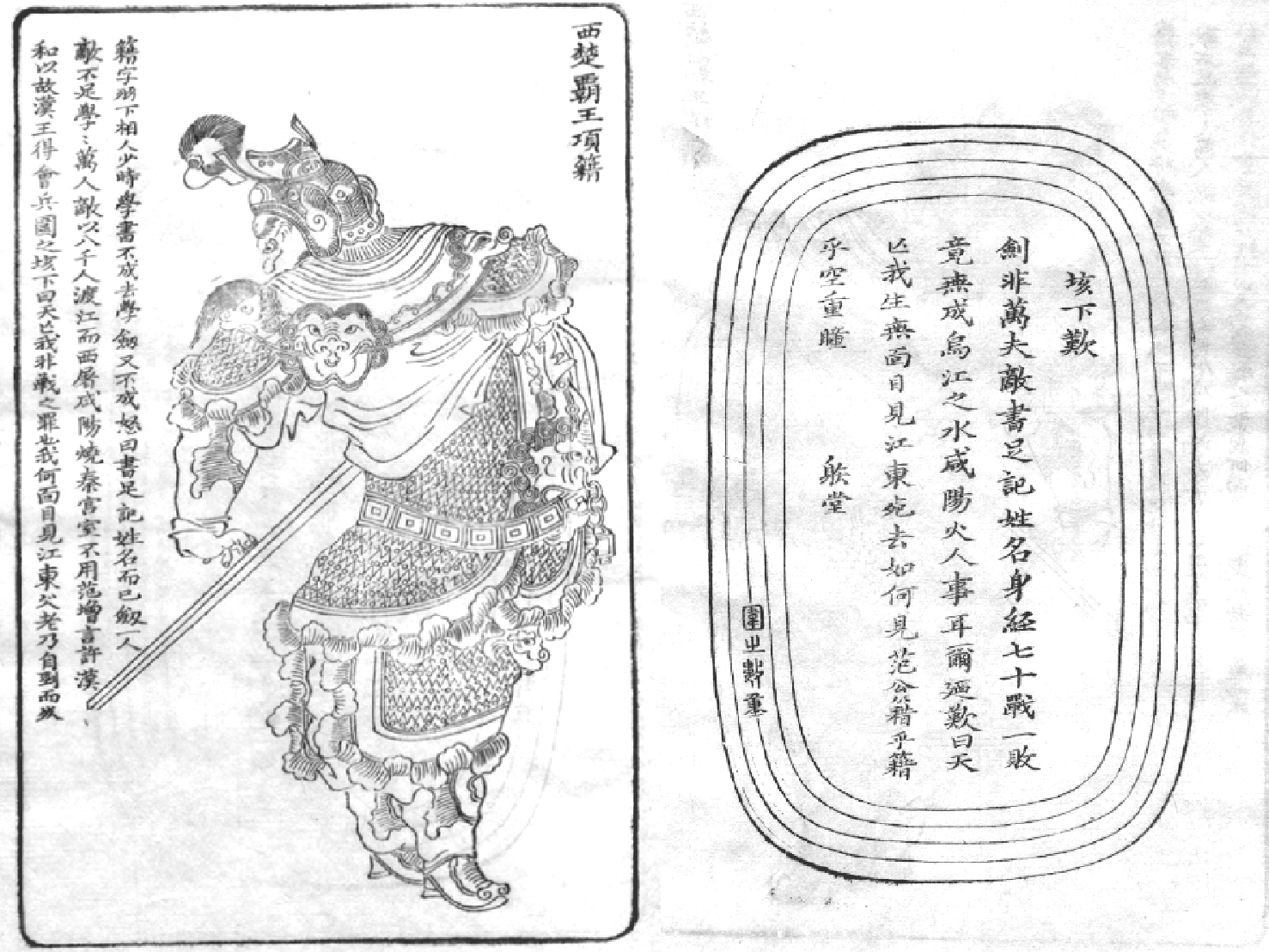How Do Images “Serve the History”
- Available Online: 2022-12-15
Abstract: Since the late Ming Dynasty, book illustrations have been expanding their potential in both artistic and ideological dimensions. A good case in point is the historical illustrated book Wushuang Pu(《无双谱》), published in 1694. Inspired by the concept of “poetry of historical significance (诗史)”, Jin Guliang, who was both a poet and a painter, proposed that “Images can also be of historical significance”. The images in the Wushuang Pu include both “pictorial representations” and “decorative patterns”, the former recording “historical facts” with its realistic function, while the latter conveys “praise and criticism” by its symbolic meaning. In this book, images and poetry respond to each other and inspire each other, jointly “serving the history” and presenting a new model of the relationship between poetry and painting. This paper examines Wushuang Pu using a framework of visual and social analysis, attempting to analyze how literary tradition, visual culture, and political environment intertwine and permeate the making of a book. Like other illustrated books, Wushuang Pu is a socially constructed visual product that emerges from a specific socio-cultural context and constructs it; it is a conceptually driven product that, in turn, influences people’s perceptions.




 沪公网安备 31010102003103号
沪公网安备 31010102003103号 DownLoad:
DownLoad:




